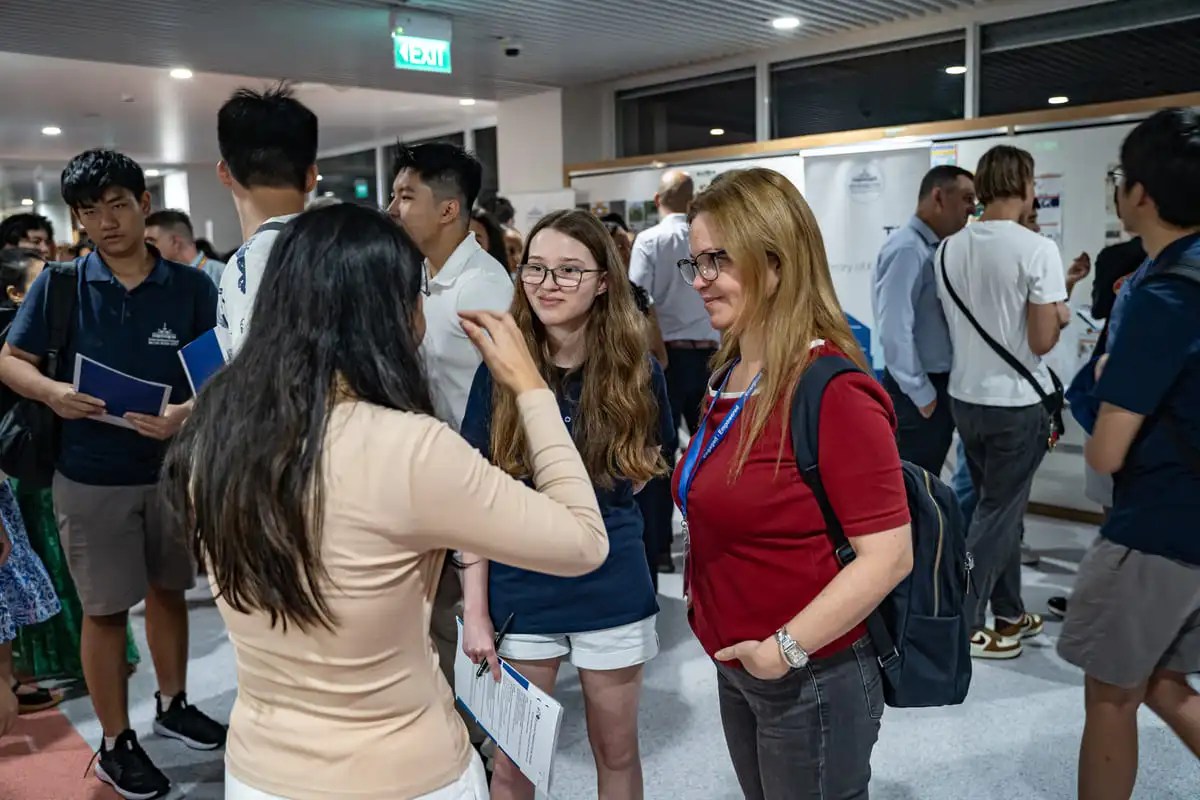Behavior Expectations For Students That Support Success
Clear behavior expectations for students influence how they learn, connect with others, and contribute to the classroom community. These expectations define the standard for how students show respect, manage their emotions, and take ownership of their learning. Students feel supported and guided when schools apply themselves with purpose and consistency.
The goal is to guide behavior while helping students become self-regulated learners who understand the impact of their actions. Effective schools understand that behavior must be taught, modeled, and reinforced like any academic skill. This approach encourages positive habits that extend beyond school and into everyday life.
This article explores seven practical strategies for setting clear behavior expectations for students, drawing on approaches used by leading schools such as the International School Ho Chi Minh City (ISHCMC).
1. Treat Behavior As A Learning Skill
Students benefit when behavior is approached as a skill to be developed rather than a reaction to manage. Teachers explicitly teach students respectful and responsible behavior, as they do with reading or problem solving.
Schools that treat behavior as a learning outcome make expectations part of their curriculum. Students learn to manage time, collaborate in teams, resolve conflicts, and reflect on their actions. These skills are embedded into classroom routines and supported through consistent reinforcement.
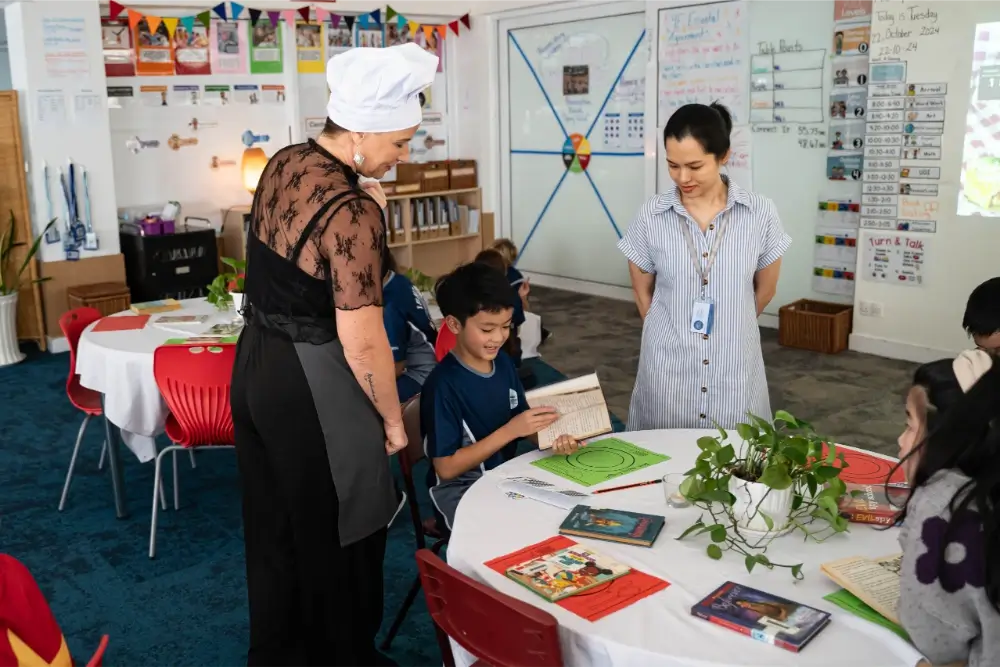
At ISHCMC, behavior expectations are aligned with the International Baccalaureate framework, which incorporates Approaches to Learning (ATL) across all grade levels. These skills include emotional regulation, organization, collaboration, and ethical decision making. Students gain tools that support their learning while shaping their personal development.
2. Give Students A Voice In The Process
Students are more likely to meet expectations when they understand them and help create them. Involving students in setting class norms fosters ownership and strengthens motivation.
This can begin with a class discussion about what behaviors help everyone feel safe and respected. Teachers can guide students to identify shared values and define what these values look like in practice. Students then refer to these norms during group work, discussions, and problem solving.
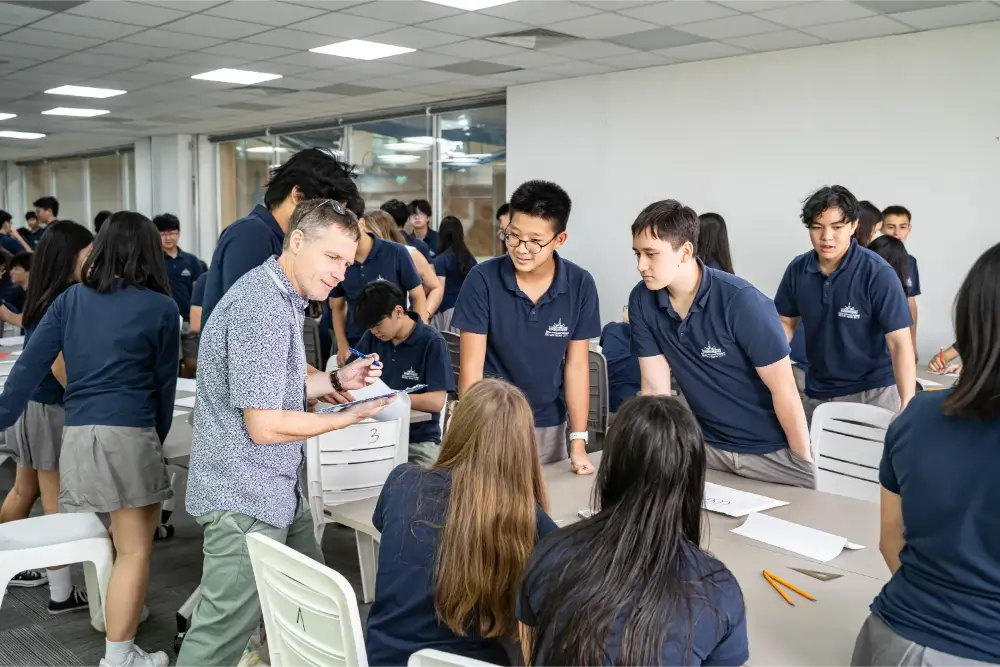
Inquiry-based learning environments, such as those at ISHCMC, prioritize student agency. Learners reflect on how behavior affects classroom dynamics, learning outcomes, and peer relationships. This process builds a sense of responsibility and prepares students for future collaborative environments.
3. Model The Behavior You Expect
Adults in schools must consistently model the behaviors they expect from students. Students observe how teachers respond to stress, handle disagreement, and communicate with others. These interactions serve as daily lessons in emotional intelligence and professionalism.
Effective modeling includes speaking respectfully, managing tone and body language, demonstrating patience, and showing appreciation. Students notice how adults treat one another and how they handle mistakes. These real-time examples shape students’ understanding of emotional regulation, fairness, and integrity. Over time, this consistent behavior sets the tone for the entire learning environment.

Strong modeling builds trust and reinforces a culture of accountability. It helps students feel safe, valued, and more likely to mirror the positive behaviors they see.
ISHCMC emphasizes teachers’ roles as facilitators and role models. Flexible seating and open spaces in primary classrooms promote collaboration and make respectful behavior more visible. Students across all age groups learn how expectations apply in real-world situations.
4. Promote Positive Behavior Through Reflection
Discipline that focuses on punishment may stop unwanted behavior in the short term, but it often fails to promote long-term change. A better approach involves guiding students to reflect, take responsibility, and identify solutions.
Restorative conversations help students reflect on their actions, their impact, and how to respond better next time. These conversations help students understand the impact of their actions and build strategies to improve.
Schools that prioritize growth over consequence create safe spaces for learning from mistakes. ISHCMC integrates this through advisory sessions, reflection prompts, and one-on-one discussions. Students are encouraged to understand themselves, take responsibility, and make better choices without fear of judgment.
5. Adjust Expectations Based On Developmental Stage
Behavior expectations should evolve with students’ age, social development, and learning context. Younger children need structure, clear routines, and visual reminders. Older students need space for autonomy, accountability, and ethical decision making.
In early years, teachers focus on sharing, listening, and using words to express feelings. As students move through primary school, expectations grow to include turn-taking, problem solving, and group cooperation. Secondary students take on responsibilities such as time management, peer mentoring, and leading group projects.
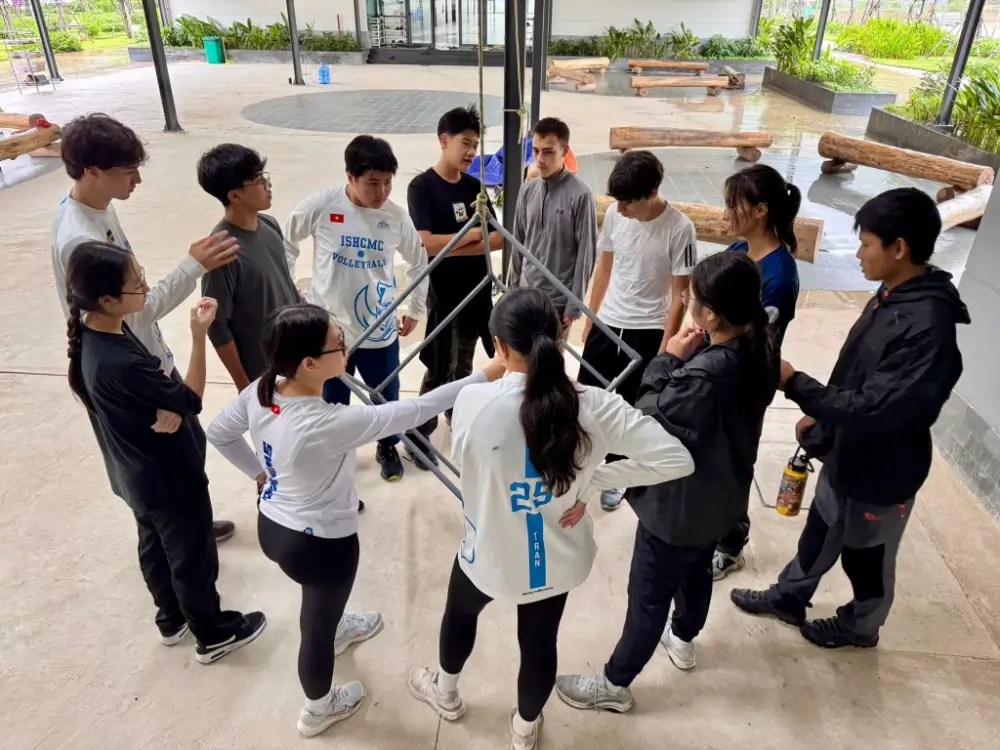
ISHCMC aligns behavior goals with each program stage. In the Primary Years Programme (PYP), students build habits of empathy and self-awareness. In the Diploma Programme, learners engage in service leadership, independent planning, and ethical inquiry. This developmental progression equips students for increasingly complex challenges.
6. Promote Global Citizenship Through Everyday Behavior
In diverse classrooms, behavior expectations must reflect respect for multiple cultures, perspectives, and values. Global citizenship begins with how students treat one another, especially in learning environments that reflect international communities.
Behavior should emphasize empathy, active listening, and inclusive collaboration. Students learn to appreciate different viewpoints and adjust communication styles accordingly.
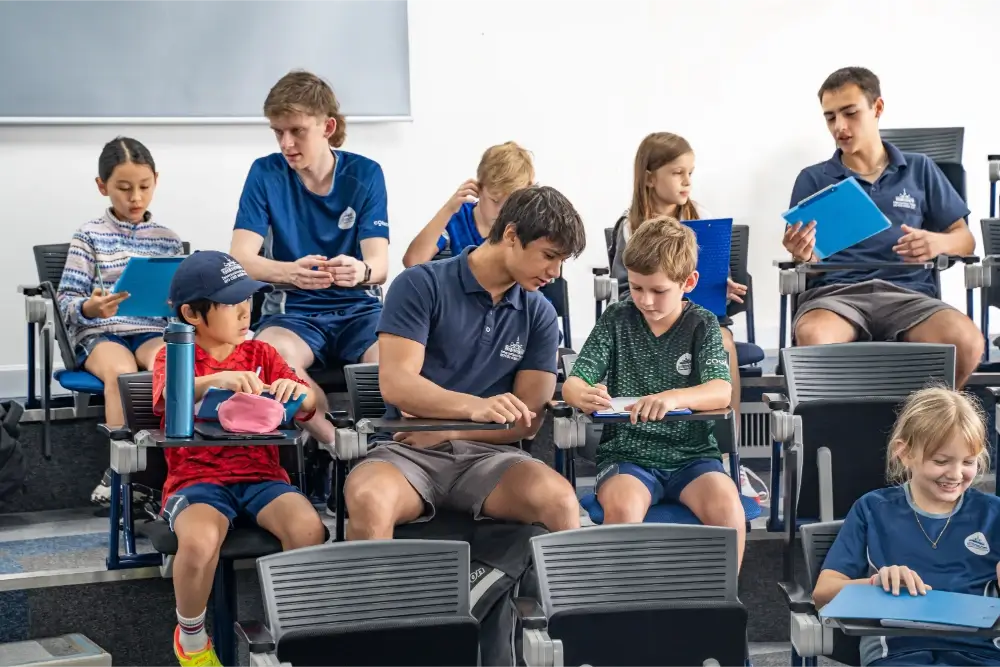
At ISHCMC, over 60 nationalities are represented in the school community. Language programs, global studies, and international events give students opportunities to practice respectful behavior across cultural lines. These experiences prepare students for a world that values intercultural understanding and cooperation.
7. Build Leadership Through Responsibility
Students take expectations seriously when they see their impact on others. Leadership shows students that their behavior influences others and shapes the learning environment.\
Schools can provide leadership roles in daily routines, group work, school events, and mentoring. These opportunities build confidence, develop initiative, and reinforce accountability.
At ISHCMC, students lead community projects, participate in the Creativity, Activity, Service (CAS) program, and contribute to student voice initiatives. Through these roles, they apply behavior expectations in public settings and learn to represent others with integrity.
Preparing Students For The Future Through Behavior Expectations
Behavior expectations guide more than classroom conduct. They help students navigate relationships, solve problems, and work with others effectively. When schools invest in teaching and reinforcing behavior intentionally, students gain skills that prepare them for education, careers, and life.
Clear expectations, consistent modeling, and student involvement build a respectful and positive learning environment. When schools foster accountability, empathy, and leadership, students grow into capable and confident individuals.
At ISHCMC, students follow a learning journey that blends academic challenge with meaningful personal growth. From early years to graduation, they build the mindset, behavior, and confidence to thrive in a changing world.
Explore how ISHCMC prepares students to lead with purpose. Visit our campus or start your application today.

